When it comes to decorating your home, it can be a challenge to decide which theme or overall look to commit to. Unlike choosing your clothing, interior design takes more dedication and planning, so opting for trends can be a quick way to feel outdated in a matter of weeks. No one wants to redecorate their home every time a new interior fashion comes along. That’s why it can be incredibly useful to find a theme you enjoy and apply it to your home. Take a look at some of these interior design theme examples to use as inspiration for your own home.
Reader's Roadmap
Industrial
The industrial look takes inspiration from cities and urban details. Exposed metal pipes and bare concrete help to enhance this aesthetic. Often the design includes rough or industrial spaces being decorated with contemporary and well-designed furniture, such as tight leather armchairs and glass tables. The juxtaposition of purpose-built rooms with an alternative use creates the impression of subversion and irony.
Rural
If you feel overwhelmed by modern life and have always dreamed of retreating to the countryside for some peace, decorating your home in a rural style could be the answer. Natural materials such as exposed stonework and unpainted wood create a gentle, welcoming effect. Special features such as a farmhouse sink or a barn door can add to the overall look. Look for plantation shutters socal to discover more options. This interior design aesthetic doesn’t concern itself with too much neatness or perfection. It’s a mix of tradition and practicality.
Minimalism
Minimalism in interior design revolves around the notion that less is more. Objects in a minimalist home must earn their position and be of practical use to the residents – either that or be of enough sentimental value to avoid being discarded. There has been a recent boom in the popularity of minimalist aesthetics over the past ten years, and only now is it beginning to fade away. However, there is something timeless and classic about clean, crisp surfaces, well-designed furniture, and purpose-built objects. It’s up to you to what extent you’d like to take it. Some minimalists enjoy the artistic aspects of the movement more than the practical ones, focusing on simplicity and breaking something down to its essential components. Others go to the extreme and refuse to own anything that doesn’t serve a purpose. Inspiration for minimalist homes tends to be pale, organized, and spotless.
Maximalism
As a response to minimalism’s perceived snobbery, the maximalist interior design trend is growing in popularity. Maximalism uses bold colors, mixed patterns and textures, multiple statement pieces, and plenty of deliberate clutter to emphasize its point. The joy of maximalism comes from the appearance of abundance and excess. It doesn’t restrict its followers by asking them to keep track of how many possessions they have or whether or not their patterns match. It’s a playful, extravagant style that can play up to an individual’s personal tastes, so don’t be afraid to go wild with it.

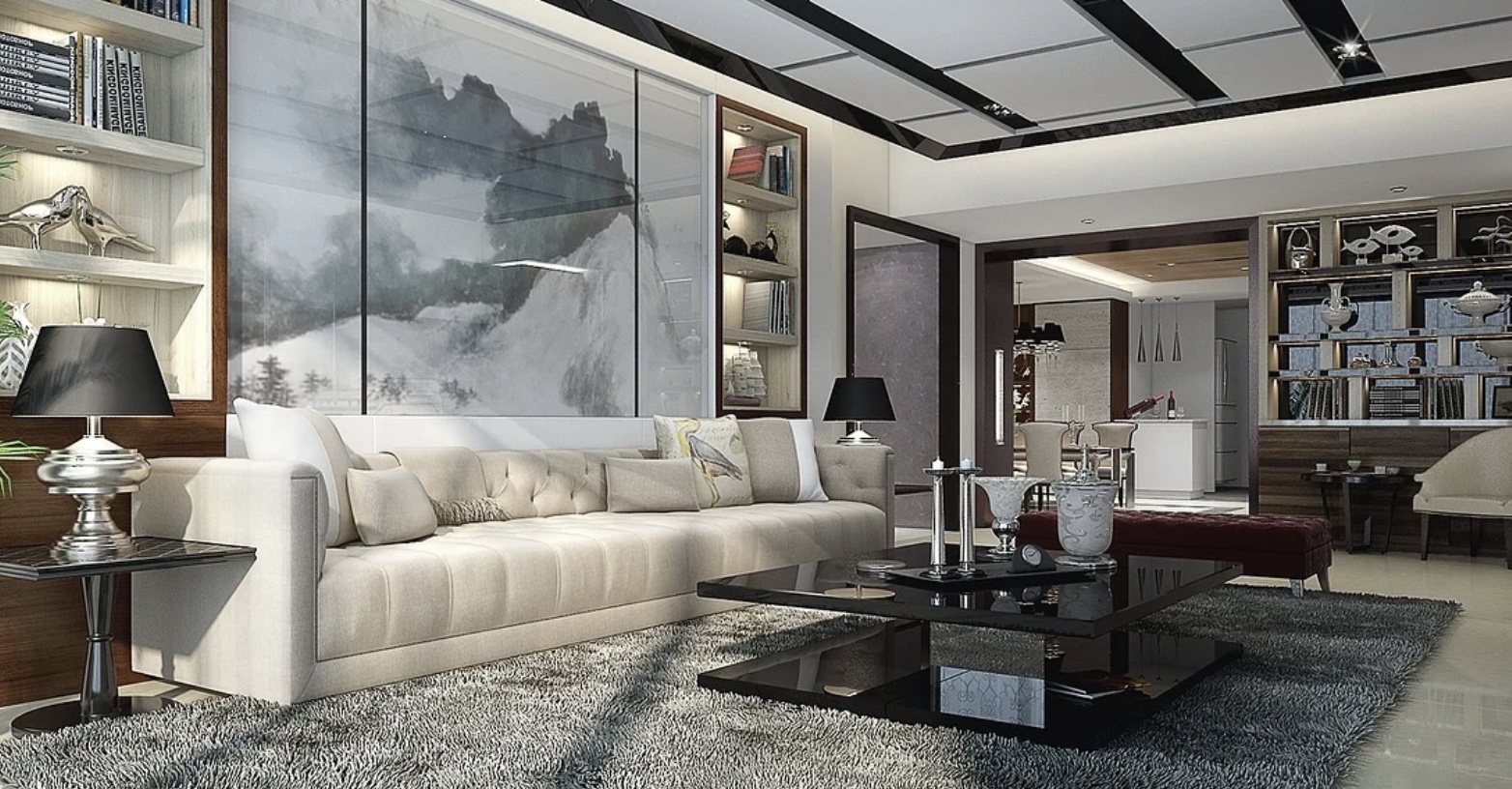

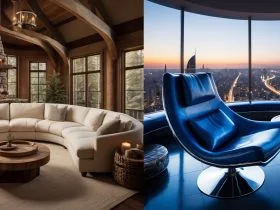
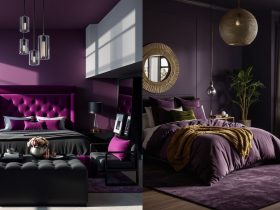
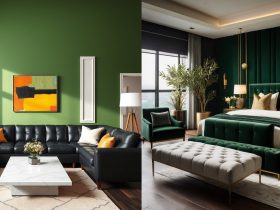
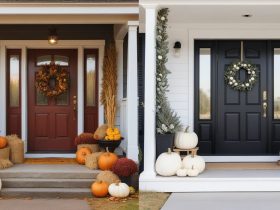
Leave a Reply
View Comments